438 products
-
Broadwater - Limited Edition Offset Lithograph on Paper by Charlotte Sternberg (1920-2003)

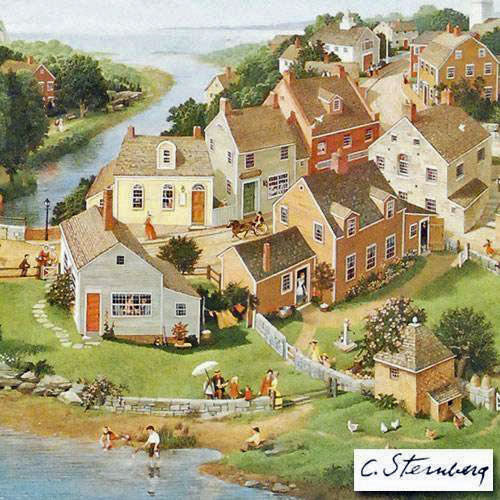 Vendor:Broadwater - Limited Edition Offset Lithograph on Paper by Charlotte Sternberg (1920-2003)Art Deals
Vendor:Broadwater - Limited Edition Offset Lithograph on Paper by Charlotte Sternberg (1920-2003)Art Deals- Regular price
-
$ 88.00 - Regular price
-
$ 450.00 - Sale price
-
$ 88.00
Quick view
-
Brooklyn Rituals - Limited Edition Lithograph on Paper by Jane Wooster Scott

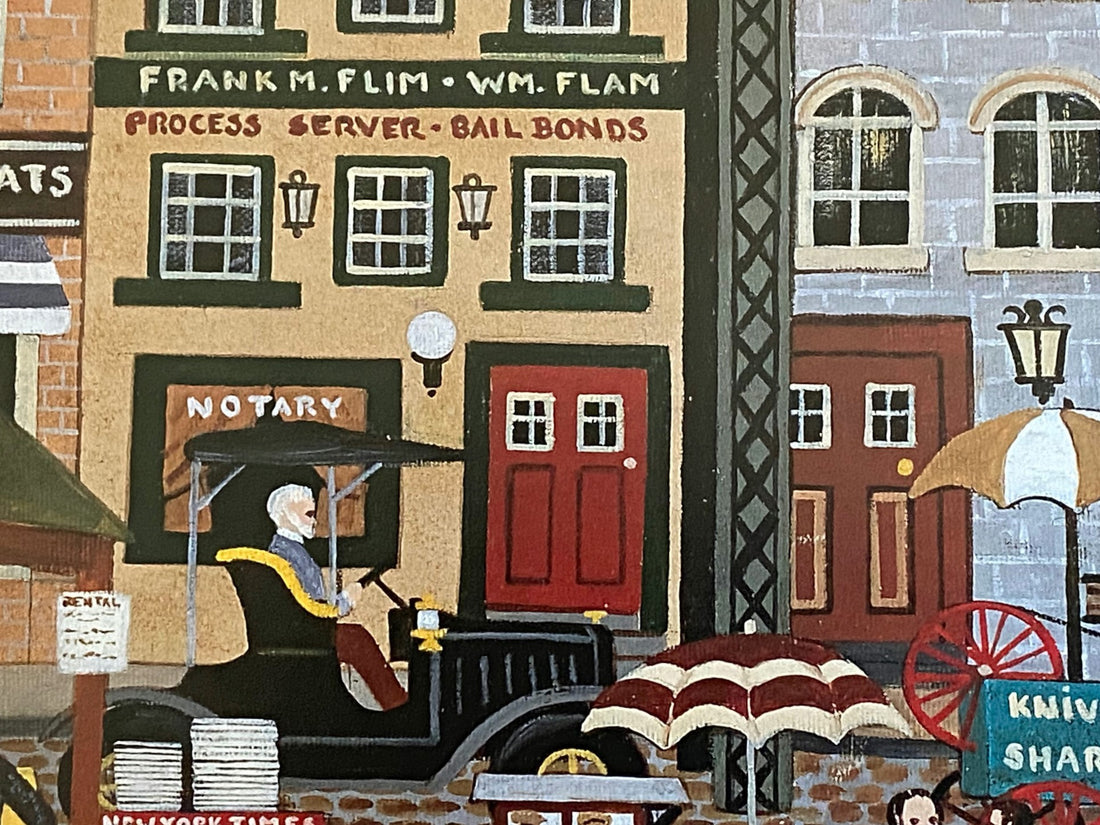 Vendor:Brooklyn Rituals - Limited Edition Lithograph on Paper by Jane Wooster ScottArt Deals
Vendor:Brooklyn Rituals - Limited Edition Lithograph on Paper by Jane Wooster ScottArt Deals- Regular price
-
$ 56.00 - Regular price
-
$ 250.00 - Sale price
-
$ 56.00
Quick view
-
Budding Virtuoso - Limited Edition Artist Proof Lithograph on Paper by Jane Wooster Scott
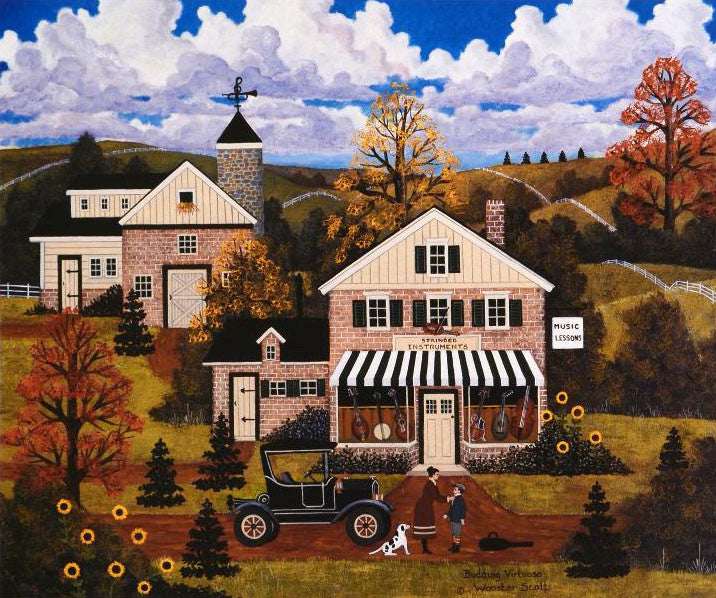
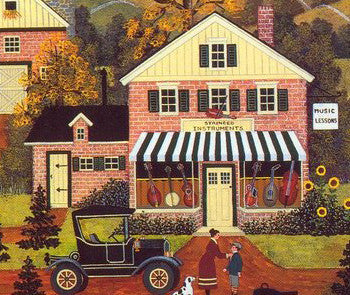 Vendor:Budding Virtuoso - Limited Edition Artist Proof Lithograph on Paper by Jane Wooster ScottArt Deals
Vendor:Budding Virtuoso - Limited Edition Artist Proof Lithograph on Paper by Jane Wooster ScottArt Deals- Regular price
-
$ 64.00 - Regular price
-
$ 300.00 - Sale price
-
$ 64.00
Quick view
-
Budding Virtuoso - Limited Edition Lithograph on Paper by Jane Wooster Scott
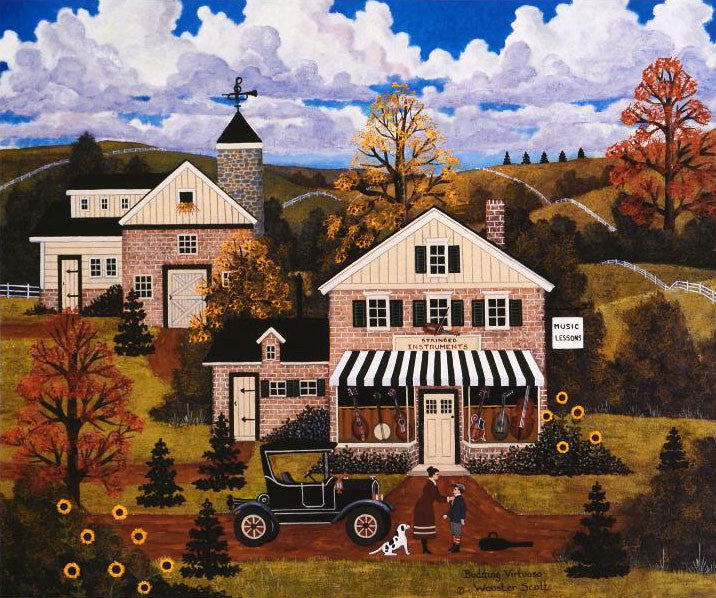
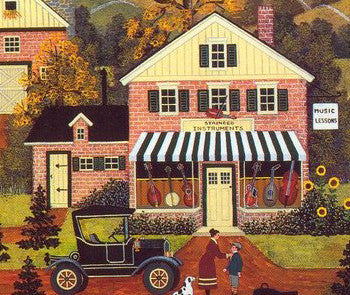 Vendor:Budding Virtuoso - Limited Edition Lithograph on Paper by Jane Wooster ScottArt Deals
Vendor:Budding Virtuoso - Limited Edition Lithograph on Paper by Jane Wooster ScottArt Deals- Regular price
-
$ 33.00 - Regular price
-
$ 150.00 - Sale price
-
$ 33.00
Quick view
-
Buffalo Bills Wild West - Limited Edition Hand Pulled Lithograph on Paper by the RE Society

 Vendor:Buffalo Bills Wild West - Limited Edition Hand Pulled Lithograph on Paper by the RE SocietyArt Deals
Vendor:Buffalo Bills Wild West - Limited Edition Hand Pulled Lithograph on Paper by the RE SocietyArt Deals- Regular price
-
$ 75.00 - Regular price
-
$ 375.00 - Sale price
-
$ 75.00
Quick view
-
Bugs Bunny at Bat for the Yankees - Collectible Embossed Lithograph Print by Warner Bros.
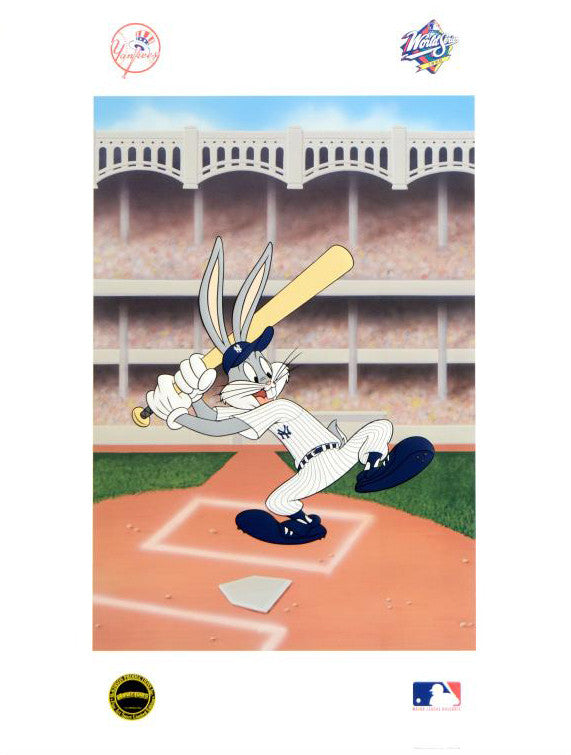
 Vendor:Bugs Bunny at Bat for the Yankees - Collectible Embossed Lithograph Print by Warner Bros.Art Deals
Vendor:Bugs Bunny at Bat for the Yankees - Collectible Embossed Lithograph Print by Warner Bros.Art Deals- Regular price
-
$ 40.00 - Regular price
-
$ 150.00 - Sale price
-
$ 40.00
Quick view
-
Bugs Bunny Lying Down - Limited Edition Sericel and Full Color Lithograph Background by Chuck Jones
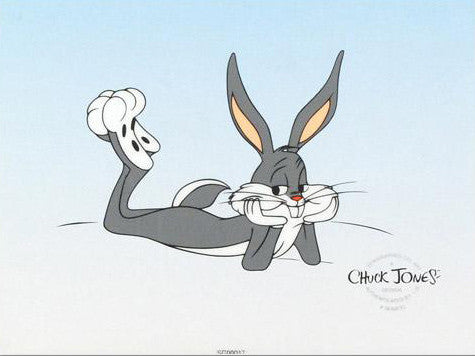
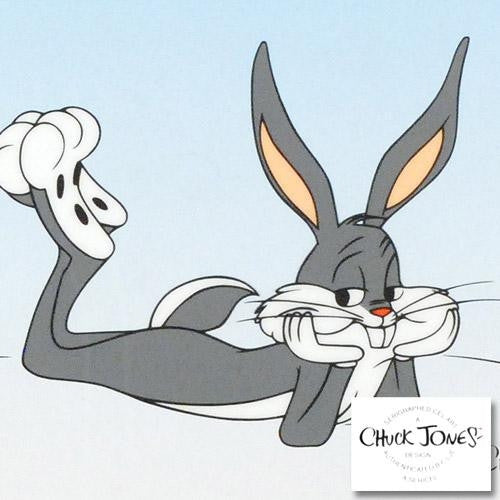 Vendor:Bugs Bunny Lying Down - Limited Edition Sericel and Full Color Lithograph Background by Chuck JonesArt Deals
Vendor:Bugs Bunny Lying Down - Limited Edition Sericel and Full Color Lithograph Background by Chuck JonesArt Deals- Regular price
-
$ 30.00 - Regular price
-
$ 150.00 - Sale price
-
$ 30.00
Quick view
-
Café in Provence - Limited Edition Lithograph on Paper by Anatoly Metlan
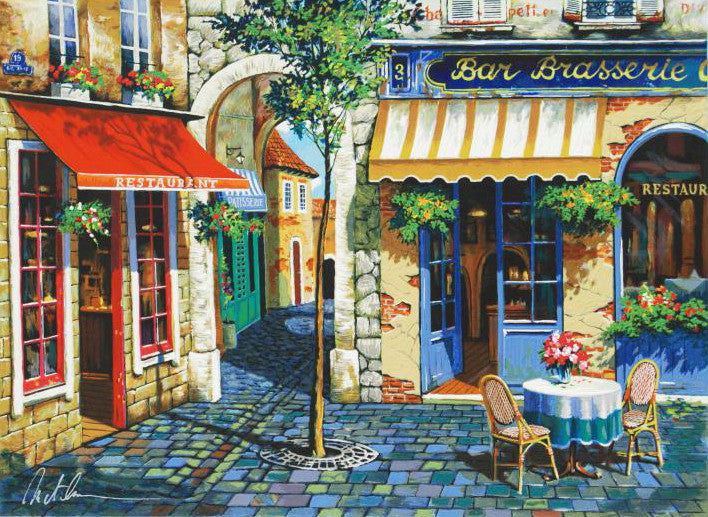
 Vendor:Café in Provence - Limited Edition Lithograph on Paper by Anatoly MetlanArt Deals
Vendor:Café in Provence - Limited Edition Lithograph on Paper by Anatoly MetlanArt Deals- Regular price
-
$ 52.50 - Regular price
-
$ 350.00 - Sale price
-
$ 52.50
Quick view
-
Café in Provence - Limited Hors Commerce (HC) Edition Lithograph on Paper by Anatoly Metlan
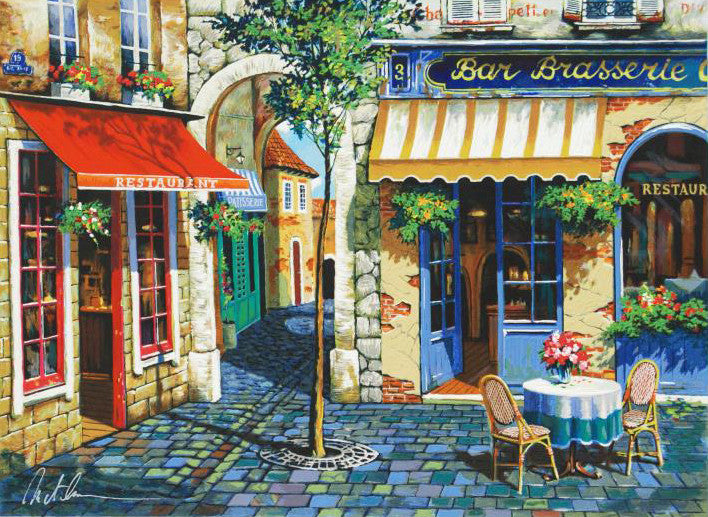
 Vendor:Café in Provence - Limited Hors Commerce (HC) Edition Lithograph on Paper by Anatoly MetlanArt Deals
Vendor:Café in Provence - Limited Hors Commerce (HC) Edition Lithograph on Paper by Anatoly MetlanArt Deals- Regular price
-
$ 75.00 - Regular price
-
$ 500.00 - Sale price
-
$ 75.00
Quick view
-
Calendar of Yesterday's Wishes - Limited Edition Lithograph on Deckle Edge Paper by Rafal Olbinski
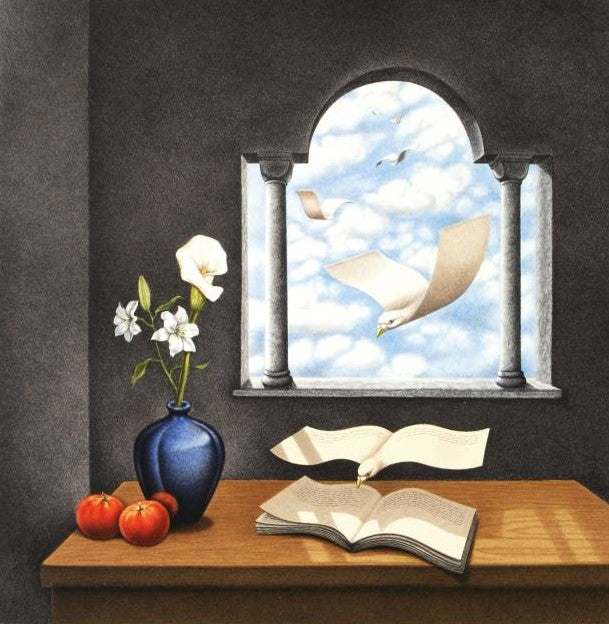
 Vendor:Calendar of Yesterday's Wishes - Limited Edition Lithograph on Deckle Edge Paper by Rafal OlbinskiArt Deals
Vendor:Calendar of Yesterday's Wishes - Limited Edition Lithograph on Deckle Edge Paper by Rafal OlbinskiArt Deals- Regular price
-
$ 162.00 - Regular price
-
$ 900.00 - Sale price
-
$ 162.00
Quick view
-
Campionats de Catalunya - Limited Edition Hand Pulled Lithograph on Paper by the RE Society
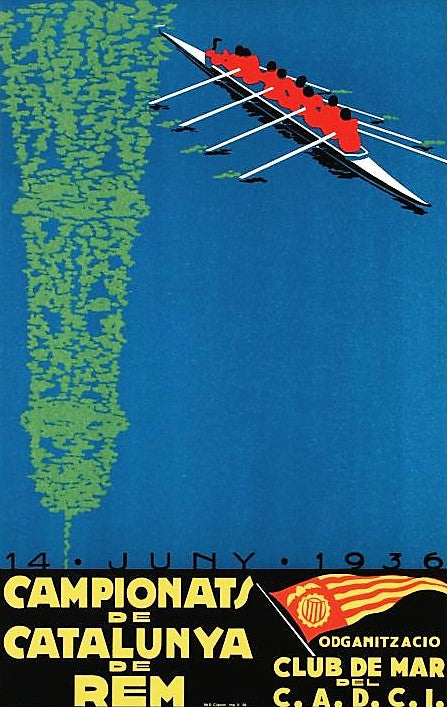
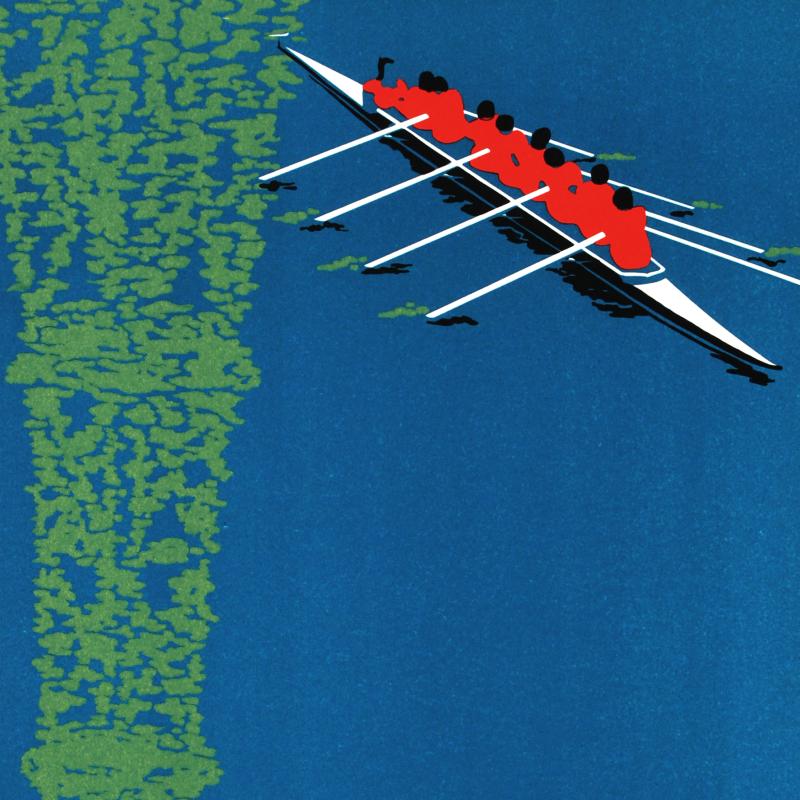 Vendor:Campionats de Catalunya - Limited Edition Hand Pulled Lithograph on Paper by the RE SocietyArt Deals
Vendor:Campionats de Catalunya - Limited Edition Hand Pulled Lithograph on Paper by the RE SocietyArt Deals- Regular price
-
$ 50.00 - Regular price
-
$ 250.00 - Sale price
-
$ 50.00
Quick view
-
Candee - Limited Edition Hand Pulled Lithograph on Paper by the RE Society
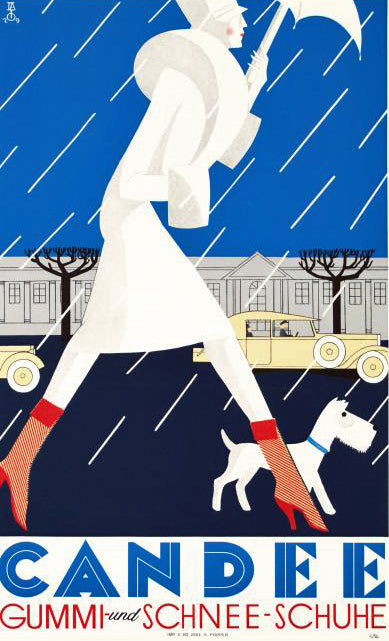
 Vendor:Candee - Limited Edition Hand Pulled Lithograph on Paper by the RE SocietyArt Deals
Vendor:Candee - Limited Edition Hand Pulled Lithograph on Paper by the RE SocietyArt Deals- Regular price
-
$ 60.00 - Regular price
-
$ 300.00 - Sale price
-
$ 60.00
Quick view
More to Discover
-
Site-wide promotion
Button labelUse this section to promote content throughout every page of your site. Add images for further impact.
-
Site-wide promotion
Button labelUse this section to promote content throughout every page of your site. Add images for further impact.


























